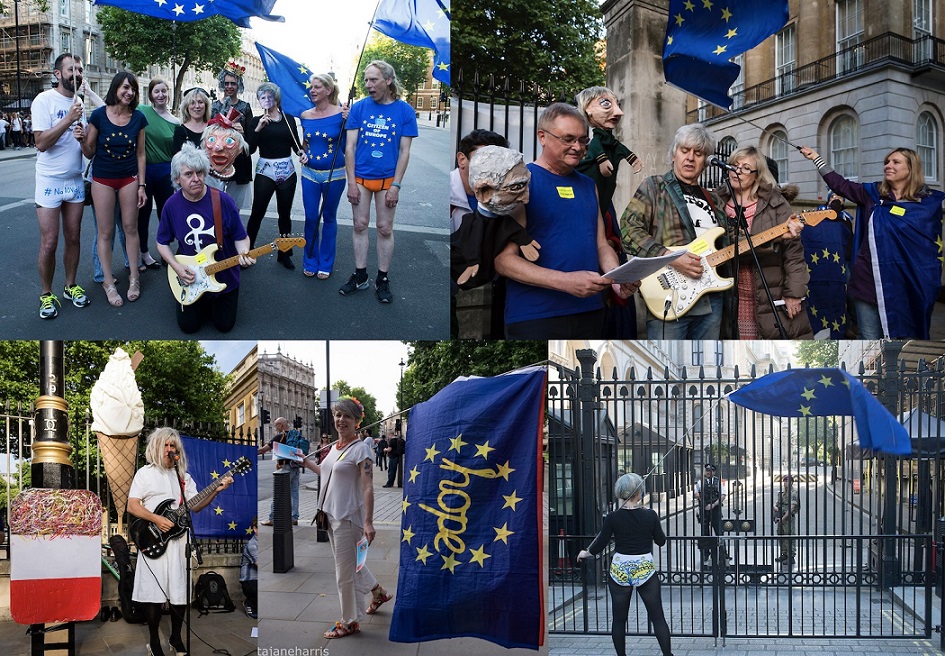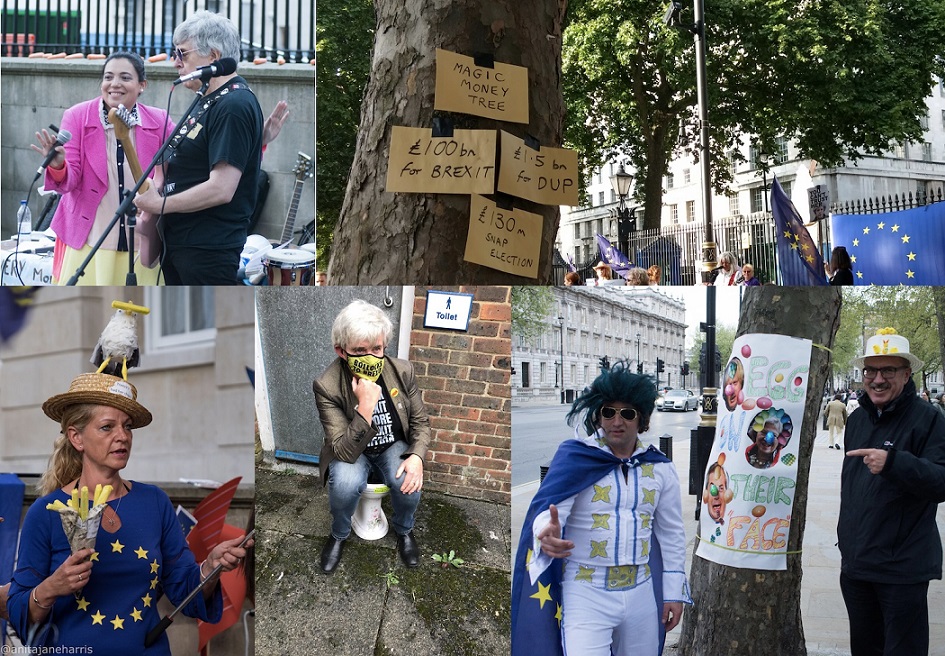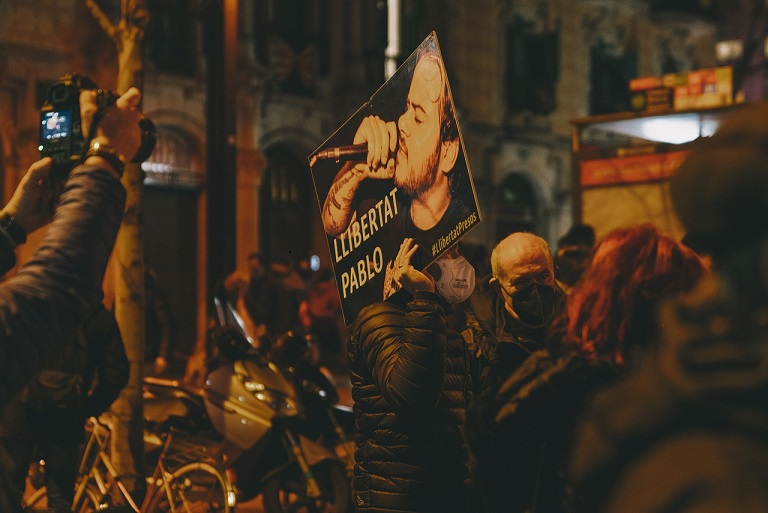I spent approximately six years indulging in anti-Brexit / Pro-EU activism. This article deals with transferable lessons from considerable experience in what I call ‘the art of protest’. This is part one of a longer piece. We begin from a chance encounter on a bicycle in South London.

Peter Cook*
I have never sat on Greenham Common or have ever been involved in street protest apart from marches. However, I was compelled to do something about Brexit, a callous assault on our children’s futures based on greed by a few.
On a cold day in March 2017, I had heard that a few people were planning to gather on the street opposite No 10 Downing Street. I decided to set aside my business activities and cycled into town from South London. En route, I got a puncture just by Bermondsey tube station, some 6 km from my destination. I was in the midst of fixing the tyre when a woman approached asking if I needed any help. It turned out as if by magic that we were both going to No 10.
That woman was Wendy Novak, ex BBC photographer and a constant protestor for vulnerable people who face medical supply shortages due to Brexit.
The group that assembled that cold evening in March became ‘The No 10 Vigil’. We were totally committed but also totally disorganised at the outset.

The collective was initially led by Diane Datson who allowed things to grow with good grace and patience. We set about learning of each other’s collective talents. This spawned a number of experiments, rather like an R&D laboratory. Of course, not all the experiments succeeded!
During our time at No 10 we variously organised musical performances, protest via knitting, political puppet shows, dance, mime, cookery, silent protests, noisy protests, performance art, street theatre, celebrity events, keynote speeches, chalk rebellions, poetry, writing books, letter writing campaigns, making films, striptease, national and international tours, dogs and cats against Brexit, sticker production, underwear protests and we got arrested for driving what was deemed to be an offensive vehicle.
Like so many movements, our ability to constantly diverge eventually meant that we lost focus. Competition broke out, one person tried to run the street events online from Oxford which was doomed to failure from the outset.
As a result of this, splinter groups formed. One of these eventually became the more famous protest by Steve Bray opposite Westminster, although this was a much narrower formulation consisting of shouting at politicians, a music playlist on repeat and his much cleverer Socratic questioning of MPs and silent protests in the background of mainstream media.

The crucible of No 10 Vigil was, in effect, a ‘clinical trial’ for much of what became the grass roots movement to Remain in the EU. Groups such as Extinction Rebellion and others clearly learned from our successes and mistakes and were able to add money and discipline to our unfettered creativity.
*Peter Cook leads Reboot Britain / Rage against the Brexit Machine. Author of three books on Brexit, six albums of protest songs, inspirational anthems and 400 films. He organises collaborative events online and grassroots activism “to educate people that Brexit has failed and that we can and must rejoin the EU as a priority”.
(Photos by Bruce Tanner, authorised for publication)












.jpg)













Chance encounters around an inner tube, focus and splinter groups. Quite organic – but like steering the Titanic, hard to manoeuvre quickly (and prone to being scuttled). Interesting read.